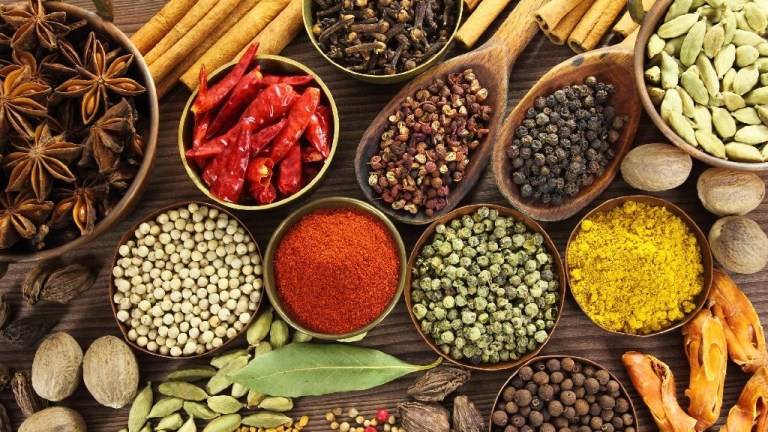
India is the 7th largest country in the world with a huge population and variety of geographical features. On the Indian subcontinent, you can find both white sand beaches & the Himalayan Mountains.
There are different cooking styles and many regional specialties that have been influenced by many features throughout India's Religious, cultural, and historical influences can be found in abundance in Indian cuisine. For example, national cuisine contains many elements of oriental cuisines. Although there are many differences between regions and influences, we are determined to make a few generalizations.
Now, let’s dive deeper into the principle elements that constitute the Spice market of India and understand more about them. We would be discussing the principle of some elemental spices and their origin and know more about them:
Cardamom : The fruit capsules of the cardamom plant are milled and dried. They contain many essential oils and are therefore very fragrant. They are often used in spice mixtures.
Fenugreek seeds: Fenugreek is very important to Indian cuisine. The seeds are small in shape, elongated in size, and light brownish in color. The dried and ground seeds are often used in different spice blends in Indian cuisine.
Chili powder: Chili is native to South America and was brought to India by the English before independence. The plant was keenly received by the people and since then, the chili has simply become a part of Indian food culture.
Curry leaves: The dried curry leaves have a spicy smell and are derived from the curry tree. They can be used for the cooking of dals or pulses served with rice or rotis.
Fennel seeds : Fennel was first cultivated in the Mediterranean region. From there, it spread rapidly through merchandise. Slowly, it gained popularity and came to India. This spice is now an ingredient for many food recipes.
Coriander : This spice gives curries an earthy, peppery flavor. It is used in salads. It is also known as dhania or cilantro. All parts of the plant are edible, but the fresh leaves and the dried seeds are the parts most traditionally used in cooking.
Clove: In Western cuisine, Indians tend to associate cloves with Christmas time, however, in Indian cuisine, it’s used commonly all year round and everywhere. Cloves are technically flowers and a lot of their oils are pressed out before they are dried and used in cooking and teeth problems. Cloves can be used whole or blended into spice mixes.
Turmeric: The spice has anti-microbial properties. Do you know, the best Haldi or turmeric comes from which state? It’s from Salem of Tamilnadu. The flavor of fresh turmeric is slightly stronger than dried and it stains very easily. So, make sure you are careful with your clothes and utensils while using them. It works very well in case of fresh-cut and blood clotting.
Black Pepper: Black pepper is actually originated in India, initially from the Western Ghats and Malabar region of Southern India. It is an astonishingly very resistive spice to grow, as it depends on many weather cycles like a fixed amount of rainfall which is why prices for fresh pepper vary a lot.
These are some of the spices and flavors which you can find in India. They provide an essence of True Indian cuisine and it can never be compared with anything. So, there is no doubt that India is basically the Land of spices and flavors.










